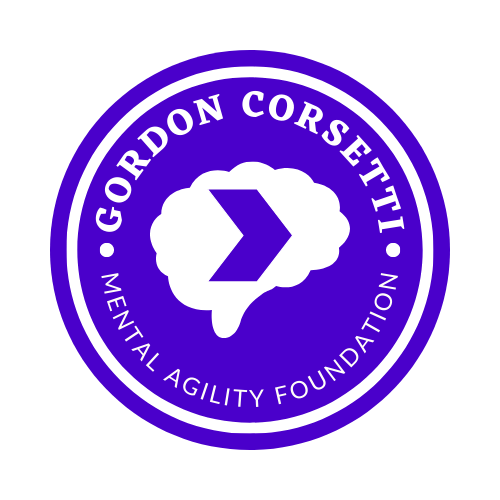The Psychiatric Hospital Part 1 - Intake
/There is a common misconception that psychiatric hospitals are eerily similar to the depiction in, “One Flew Over The Cuckoo’s Nest". Uncompromising doctors treating crazed patients with strong helpings of electroshock therapy, powerful antipsychotic medication, and smugness. Such were my expectations of what was an underwhelming, boring, but ultimately helpful experience.
On July 5th, 2011 I voluntarily checked myself into the Ridgeview Institute after my hanging attempt. At intake I answered a myriad of medical and personal history questions in triplicate, was interviewed about my most recent mental health problems, given an ID wristband, and led behind the first of many locked doors in the complex.
An orderly brought me into Cottage C, which specialized in addiction recovery and mental health issues consisting of depression, bipolar disorder, and schizophrenia. From intake I was sat down, got my blood pressure and temperature taken, then told to wait for a staff member to search me and inventory my belongings.
After thirty minutes of people watching, which is rather amusing on a psychiatric ward, a nurse ushered me into a very utilitarian office where all of my belongings were searched. Even the clothes I wore were searched for contraband or tools I could use to harm myself. No belts or shoe strings allowed — people get desperate even in a safe environment.
I ate a meal of fried fish and vegetables, and then a nurse showed me to my bedroom where I met my roommate. A very polite older gentleman there for treatment of his severe alcoholism. Once I saw the bed, I laid down and tried to rest because I had not slept well since my suicide attempt three nights earlier.
Every quarter of an hour a nurse came into my room with her smartphone as a flashlight to check that I was still breathing. You may think that is a little much, but regular bed checks are essential for someone not far removed from a suicide attempt. They also establish a regular pattern for a shattered mind to recognize and accept, which I’ll explore further in Part 2.
Looking for help? Visit these resource-rich pages:
https://dbhdd.georgia.gov/find-location/state-psychiatric-hospital - For Georgia, USA Residents
https://findahelpline.com/ - International Help Line Locator



